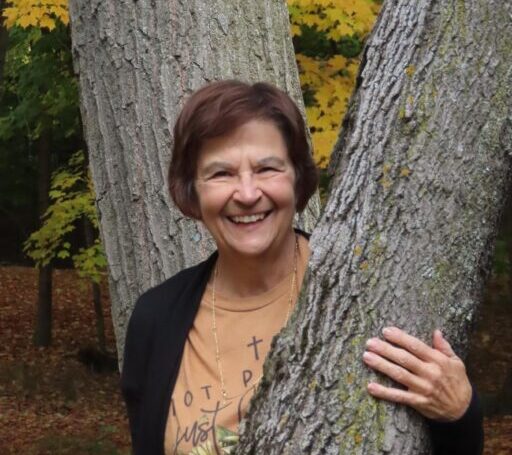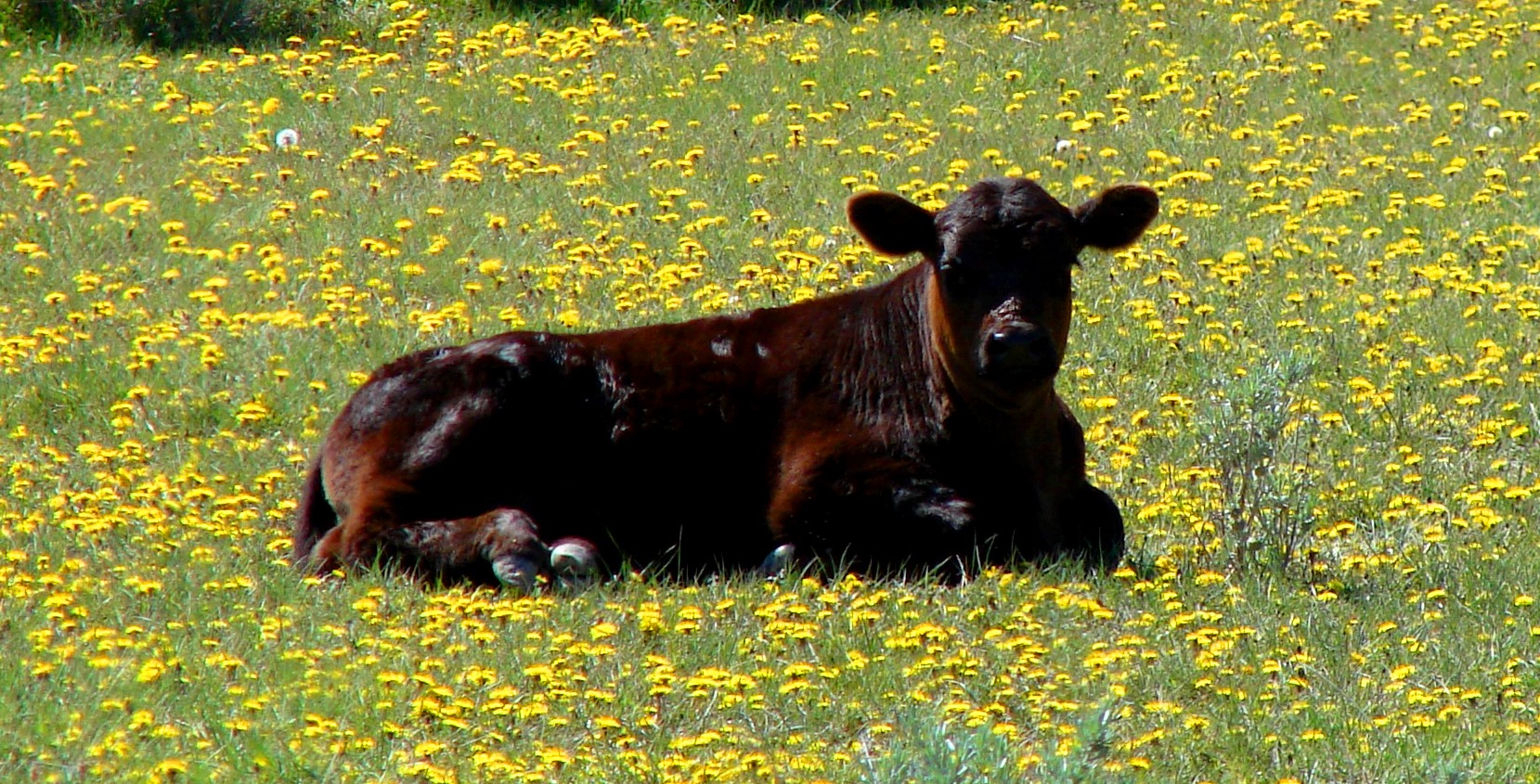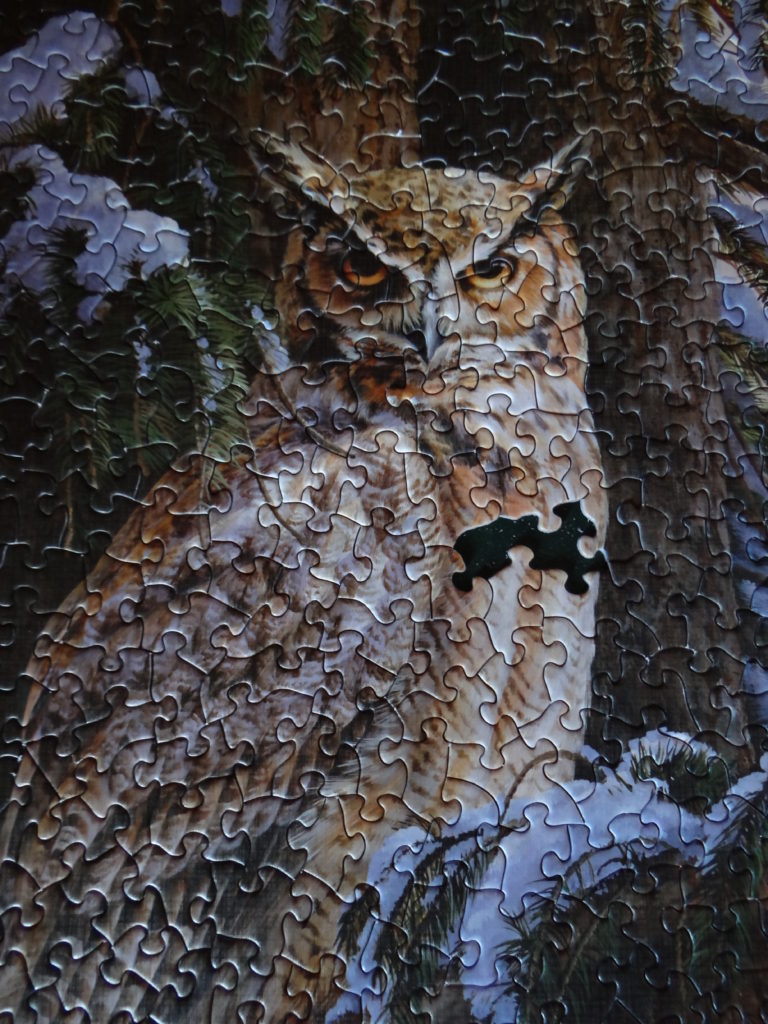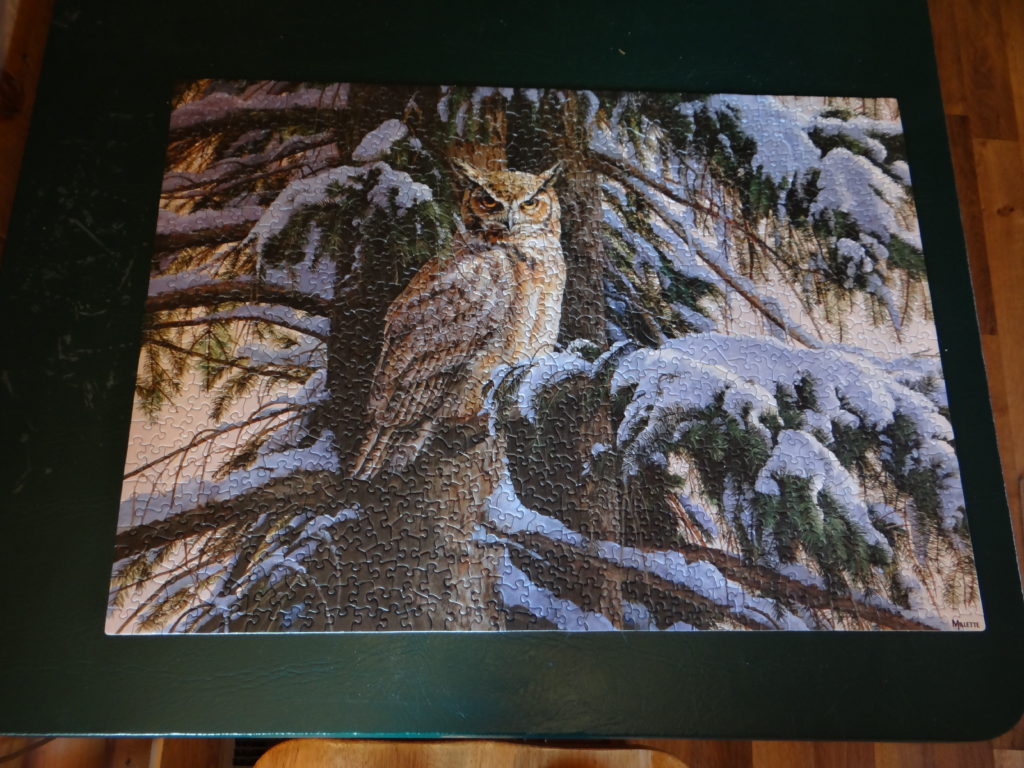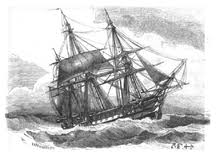A Sneak Preview
I promised a scene from the book, Bound by Three Strands, as this month’s blog. I am in the process of formatting the book and am hopeful for a release date this month. This book will be available in both paperback and kindle edition, as was the first book of the series. This book is a sequel to Bound by Secrecy, published in 2016. I took one of my favorite characters from Book 1 – Doc Vince – and he is now the protagonist in this sequel. The characters from Book 1 continue to show up frequently in this book as well. For those that have read Bound by Secrecy, you will remember Laurel, Tom, Joshua, Beau, Valerie, and Ethan Clayburn, to name a few. You will also be introduced to Seth Redrick, a new and somewhat mysterious character, who’s first meeting with Doc occurs over a puncture wound and a very odiferous sock, causing Doc to inhale deeply once he escapes the non-ventilated exam room. I have chosen to give you a glimpse of the very first scene of Bound by Three Strands. Watch Amazon for the day of release. A signed copy will be available through me by emailing delilalumbardy@gmail.com. A donation to St. Jude’s Hospital will be made from the proceeds of the signed copies.
Chapter One…On His Own
There wasn’t much that could dampen Doc Vince’s spirits, but the three other patrons in the post office lobby noted Doc’s immediate silence as he pulled the envelope from his post office box. They also noticed his pinched eyebrows creating worry lines above the bridge of his nose. This was not the usual jovial Doc that greeted everyone with a slap on the back and a warm smile.
Removing his keys from the box, Doc turned and left the post office with not so much as a nod to the other patrons. He nearly stumbled off the curb as he studied the writing on the envelope. There was no doubt this was the same handwriting as the other two notes; the letters of every word widely spaced and quite legible. This was the third one he had received in less than a month. A cold shiver ran down his spine as he ripped the envelope open. This time the note was written with a narrow felt tip marker rather than an ink pen; maybe suggesting he better pay attention.
Dr. Vince Peters:
I was not kidding when I wrote the other two notes. Marrying Ginny Phillips is a bad idea. You best heed my warnings.
The note was signed just as the other two had been. No name; no initials…just a scribble that looked something like a recumbent “S”. Doc reached in and pulled the other two notes from the inner breast pocket of his sport jacket. He compared this newest one with the other two. Except for the felt tip pen that the writer had used this time, the notes looked much the same. Each one was written on lined yellow paper with the same distinctive penmanship.
In all his years of living in the small town of Hooper, Nebraska, he had not received any type of threatening notes such as this. Doc couldn’t imagine who would send such a thing. He was respected by nearly everyone in the community, or so he thought. Of course, there were always those that chose to doctor in Westfield because of desires for the latest technology and the plushest of office buildings, but that was no reason for this. He waved the notes above his head as if making a point. Likewise, he couldn’t think of a single person in the entire county that didn’t like Ginny. She had won them over by way of her home cooked meals. Available seats at the Red Rooster Café through the noon hour were as scarce as those in Memorial Stadium on any given Husker game day.
The idea of marriage had never come up between the two. Having never been married, Doc assumed he was way too engrained in his own schedules and ideas to make a marriage work now. And Ginny seemed quite content with her present situation as well. That’s another reason these notes seemed all the more mysterious. The idea of marriage was pure speculation on the sender’s part.
He had not told Ginny about the notes. He hadn’t told anyone about them. Maybe it was time to confide in his friend considering she was mentioned in the notes. She might have some idea who could be sending them and why.
(That’s all for now, folks. Formatting calls me…but, keep on readin’ and I’ll keep on writin’.)
